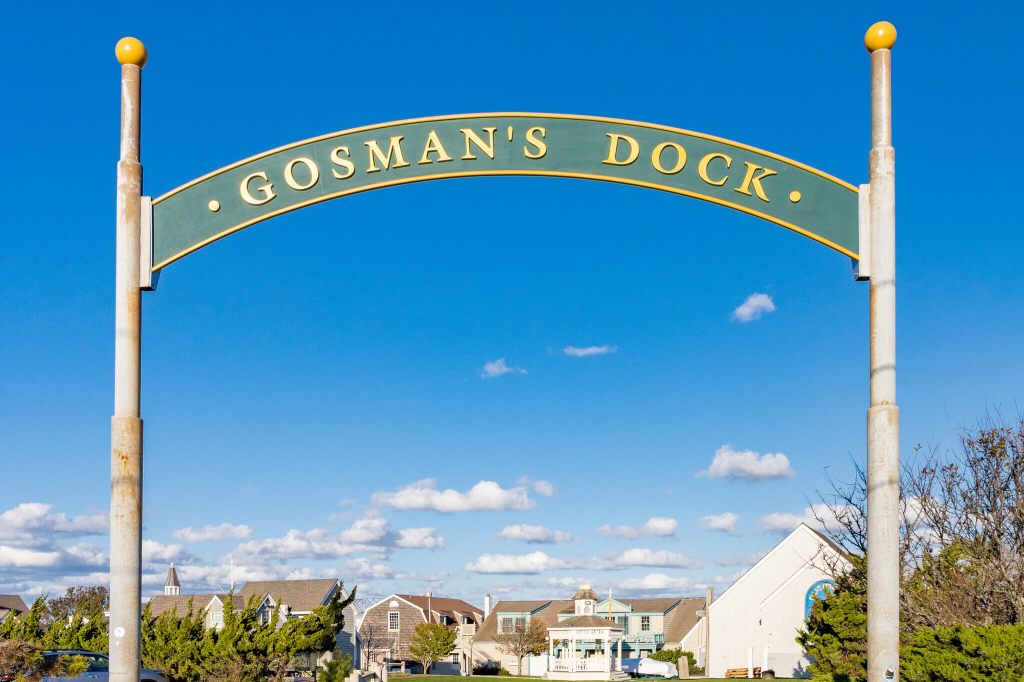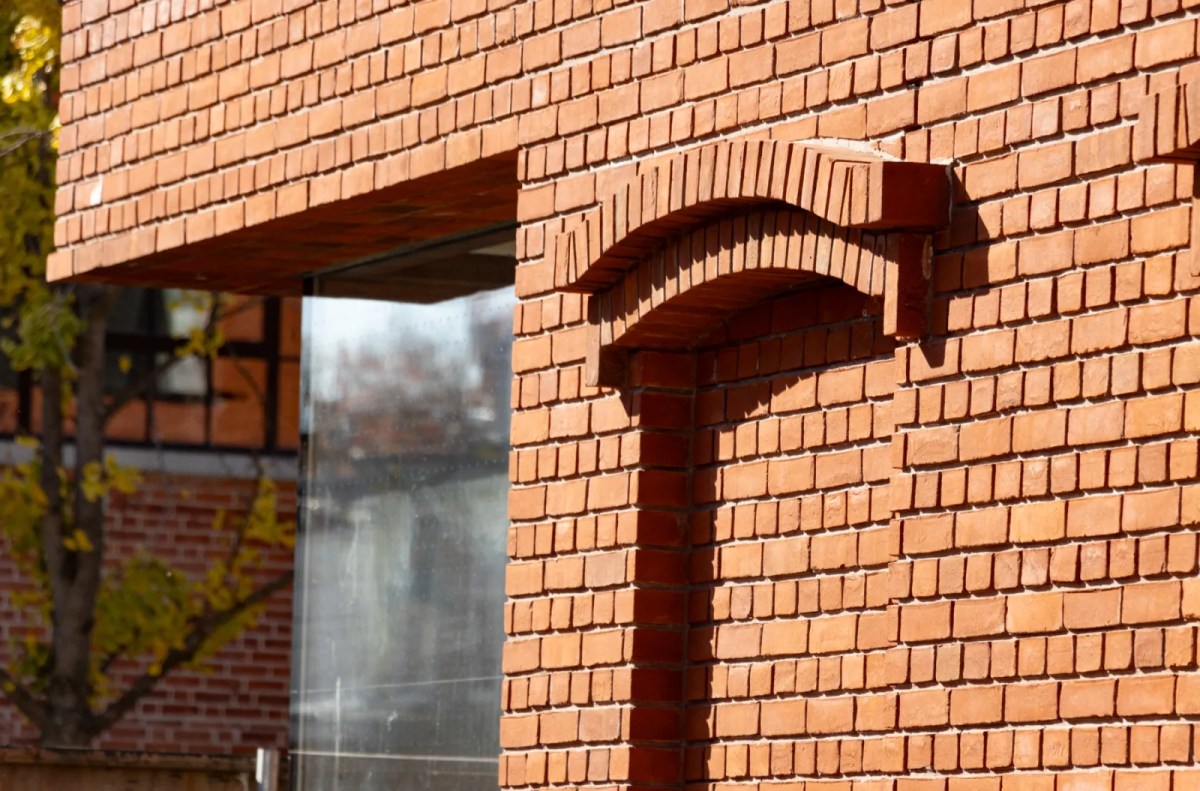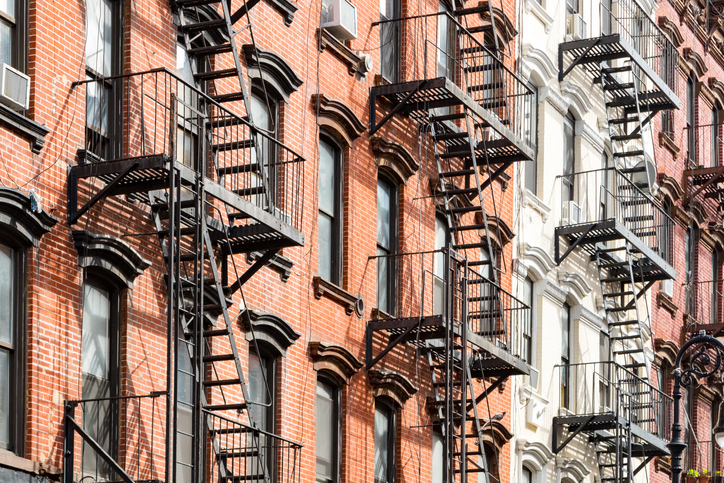
Some 54,440 lots in the city’s special districts may soon not be quite so distinct, at least in the eyes of the city Planning Commission.
The city is exploring combining three such districts, which were designed to protect wetlands, rocky outcroppings and other environmentally significant parts of the Bronx and Staten Island, into a single special natural resources district, with clearer development standards.
The city would then allow those wishing to construct or modify structures on property under an acre in size to submit plans to the city Department of Buildings, which would issue permits for projects that abide by the rules. Such projects currently require a signoff from the city Planning Commission. Work on larger properties and particularly sensitive sites would still be subject to the Planning Commission’s approval.
The changes would eliminate an unnecessarily bureaucratic process for the average homeowner in districts that collectively cover more than half of Staten Island and most of the Riverdale neighborhood, while devoting more attention to safeguarding substantial swaths of environmental note, according to Rachaele Raynoff, a spokeswoman for the city Planning Department.

"They aim to achieve better and more predictable outcomes for homeowners by cutting red tape, time and expense, while also ensuring appropriate public review for larger projects to retain the most important natural features for future generations to enjoy," Raynoff said in a statement.
Under the city’s vision, a new special natural resources district would supersede three special districts: one covering 3,900 acres in parts of Staten Island’s east shore and the heart of its Greenbelt, 50 acres in its Shore Acres area and 900 acres near a ridge in the northwest Bronx; a second comprising 12,000 acres in southern Staten Island; and a third encompassing 1,900 acres along a ridge running from Historic Richmond Town to Tompkinsville in Staten Island. Subdistricts would be established for portions of this new district that merit unique regulations.
Most of the property eyed in the new special district is covered with one- or two-family homes, according to planning paperwork. In the documents, the city noted it does not expect the proposed changes to alter the overall amount, type or location of development.
The new rules may be a relief to homeowners interested in adding a few square feet to their deck, without navigating a meticulous review process, according to City Councilman Andrew Cohen, who represents the special district in the Bronx.
"People in Fieldston are subject to landmarking and the special natural area, and it really adds a tremendous amount of cost to upkeeping your home," said Cohen.
The move would also ease the Planning Commission’s burden. For instance, the body would have fielded about 66 percent fewer applications from these special districts between 2012 and 2017 under the proposed framework, planning documents note.
The proposal would be a positive for Todt Hill and the ridge it is part of, according to John Garcia, president of the Serpentine Art and Nature Commons group. Citing research from Staten Island College Professor Alan Benimoff, Garcia said the ridge’s serpentine rock contains asbestos, which Garcia said may make mudslides and runoff from storms particularly hazardous. Garcia said the city was smart to prevent construction teams from digging into the rock while building and to require retaining walls near the ridge.
"You’re only allowed to build to the contour of the landscape of the Hillside Preservation, meaning if it goes on an up scale — you got to go up in layers; you’re not allowed to carve underneath it," said Garcia, while discussing the special district centered along the ridge. "Anytime this borough gets anywhere from 10 to 6 inches of constant, consistent rain, when you build on the Hillside Preservation and you take away the landscaping and the trees behind it, it comes down like a mudslide. And it’s very dangerous."
The city is now seeking input about what to study when it analyzes how the proposed framework could impact the environment. If advanced, the matter would go through the city’s traditional review process, which culminates with a vote by the City Council.
Cohen said his community seems open to the proposal, but that he would like the city to clearly delineate the Bronx and Staten Island special districts and to add signs announcing the area’s designation.
"(People) claim, by accident, to violate the provisions of the (special natural area district), saying they didn’t know. And then with the community board, it’s been very divisive to try to come up with a remediation (plan)," Cohen said. "So trying to give people better notice that there is a special natural area district — and you’re in it — is one of my concerns."
































